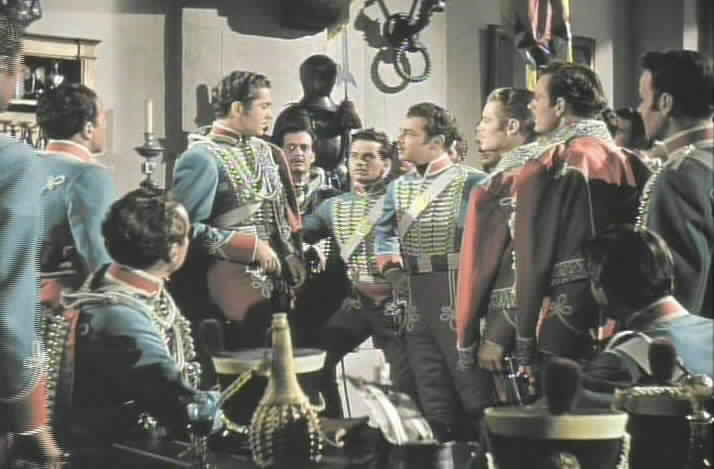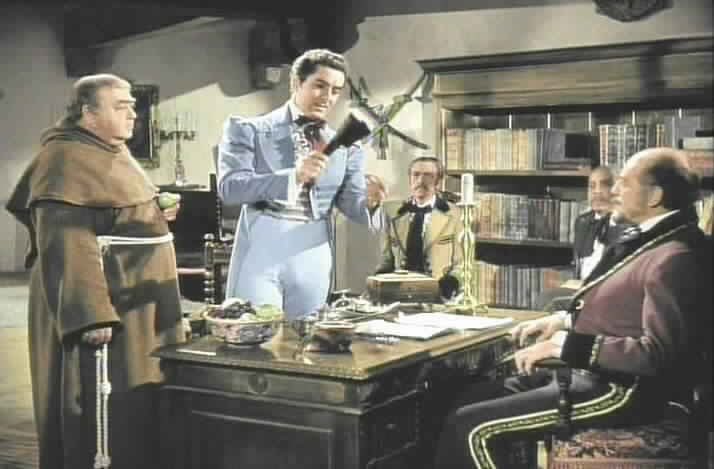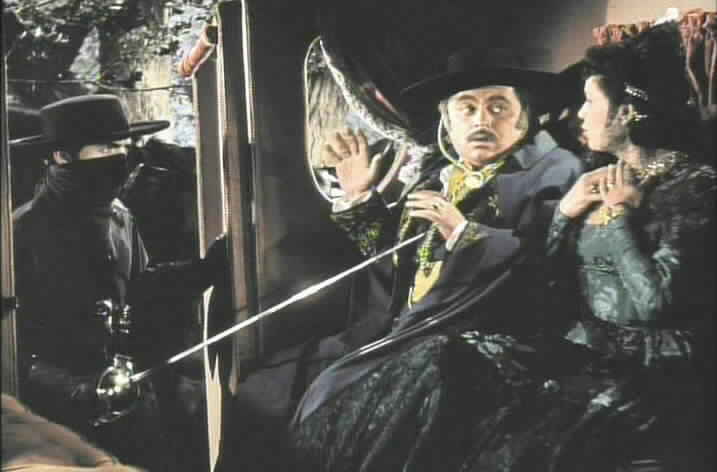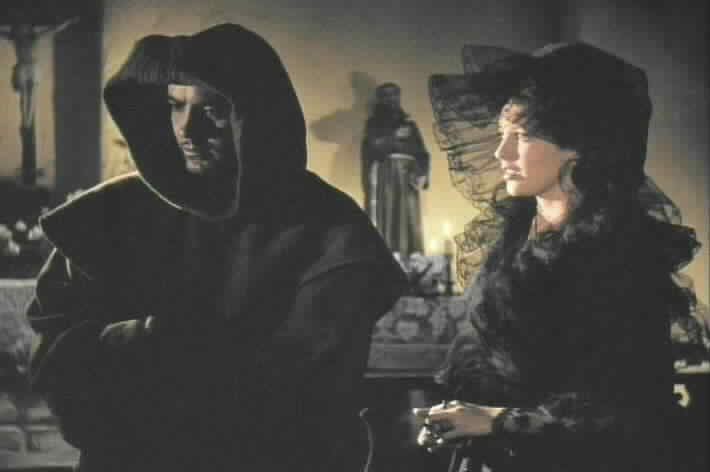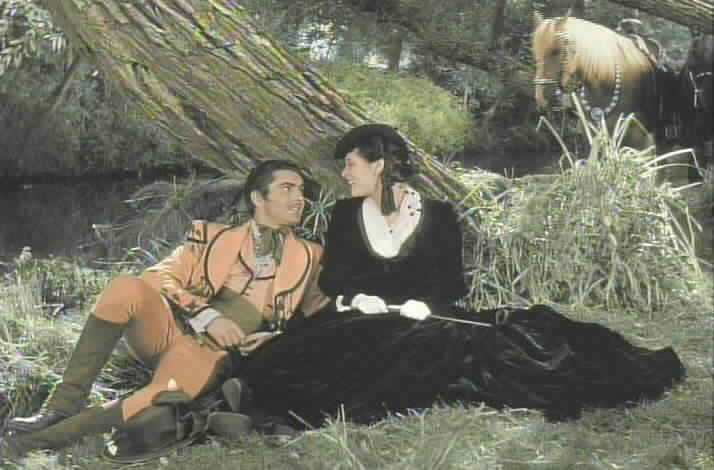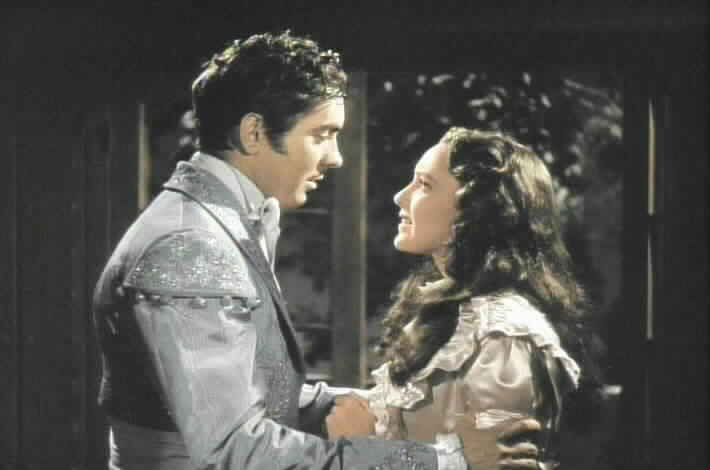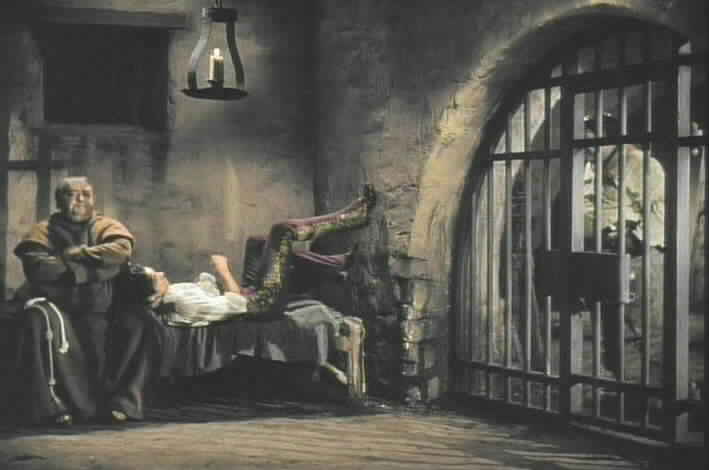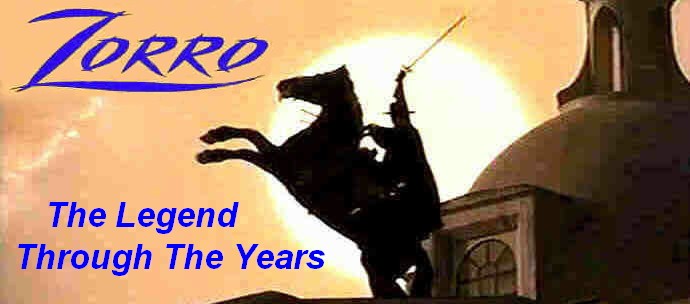 |
The Mark of Zorro - 1940 |
|||||
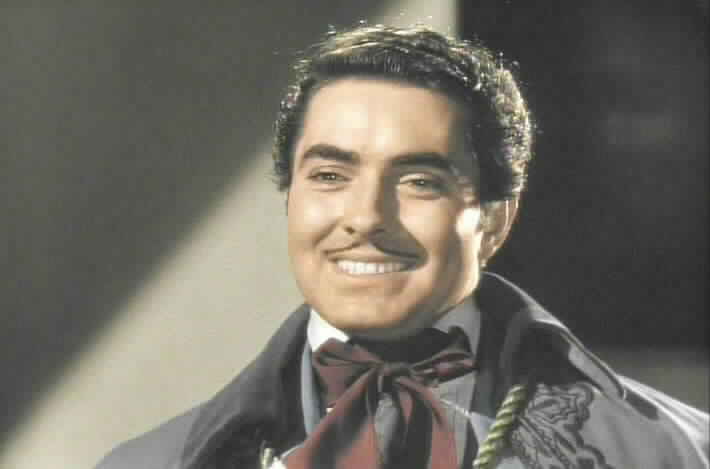 |
Tyrone Power is Zorro and Don Diego Vega |
Linda Darnell is Lolita Quintero |
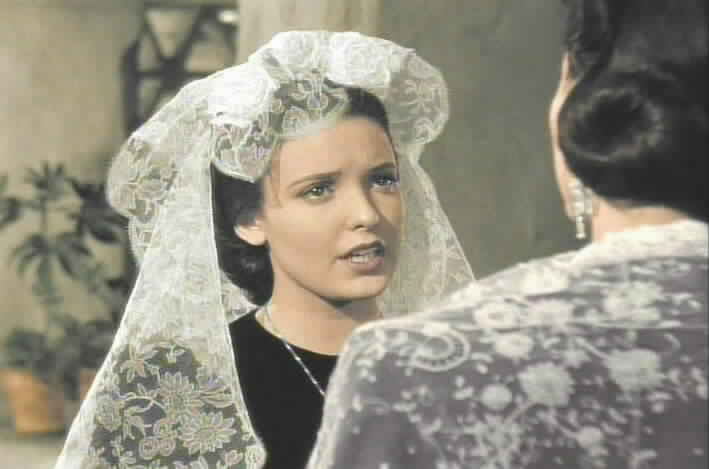 |
|||
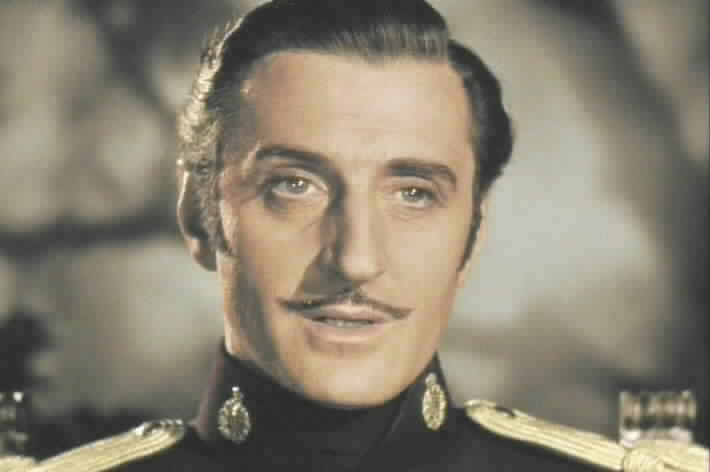 |
Basil Rathbone is Captain Esteban Pasquale |
Gale Sondergaard is Inez Quintero |
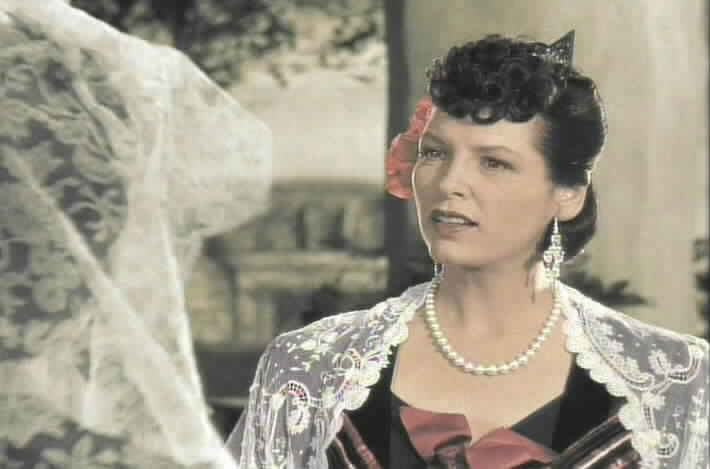
| |||
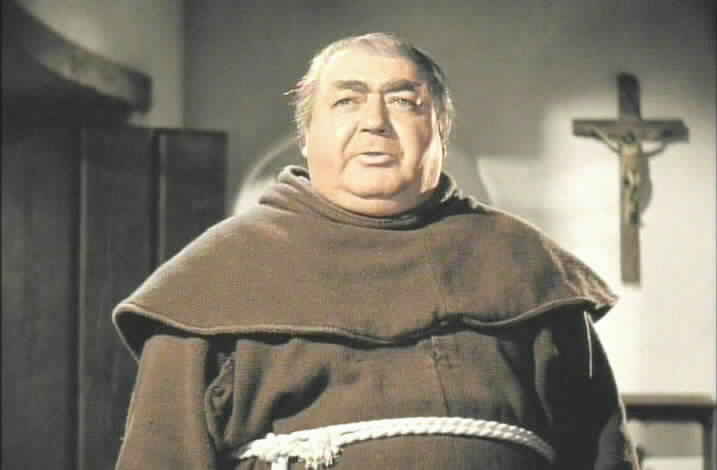 |
Eugene Pallette is Fray Felipe |
J. Edward Bromberg is Don Luis Quintero |
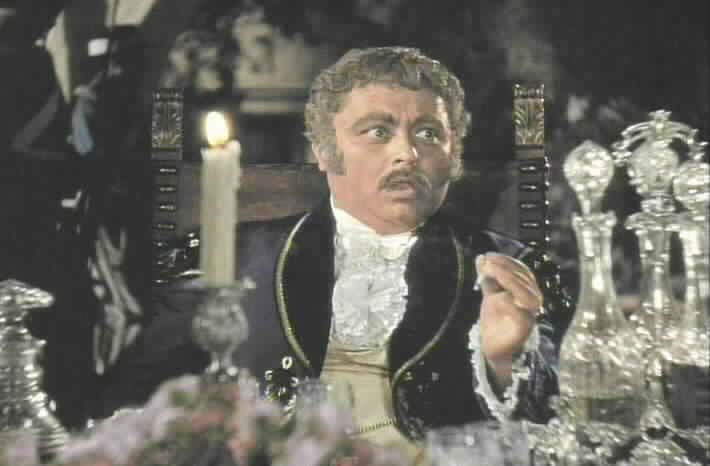 |
|||
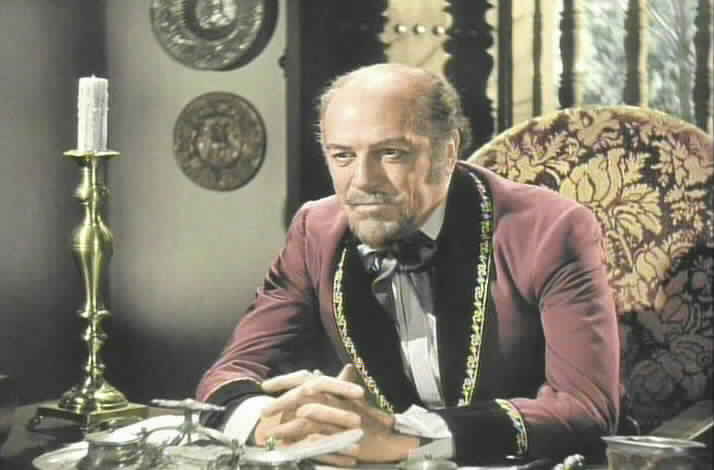 |
Montagu Love is Don Alejandro Vega |
Janet Beecher is Senora de la Vega |
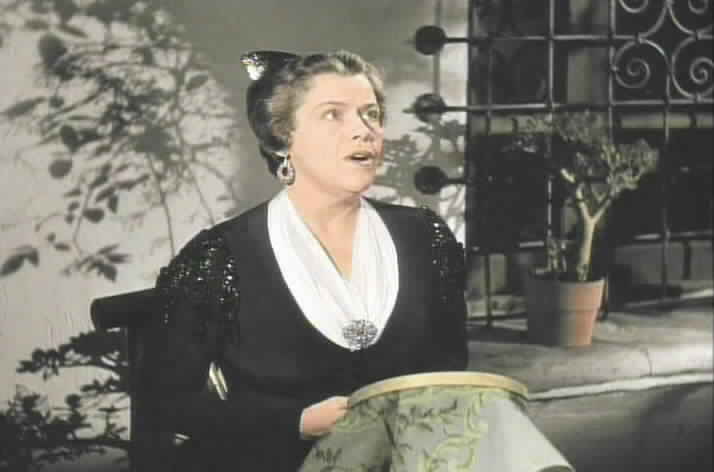 |
|||
| Theme Music | ||||||
|
|
||||||
| While based on Johnston McCulley's original idea, the storyline is very different from the original story. For the first time, the viewer gets to see the events leading up to when Diego becomes Zorro. | ||||||
The movie opens in Madrid, where Diego is attending the university.
Madrid - when the Spanish Explorers encompassed the globe, and young blades were taught the fine and fashionable art of killing. |
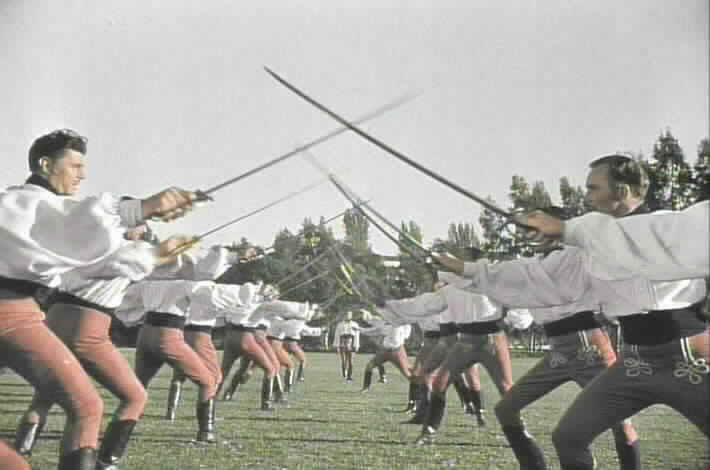 |
|||||

|
The first few scenes show that Don Diego is an excellent rider, better than the other students, and that everyone in Madrid wants to cross swords with him, due to his fine fencing skills. Diego receives notice from the commandant that he is wanted back in Los Angeles by his father. Reluctantly, Diego informs his friends of his impending departure, predicting a boring life with little to occupy his time.
"To California, where a man can only marry, raise fat children, and watch his vineyards grow." |
|||||
|
Upon his arrival in California, Diego discovers very quickly that something is wrong when he hears horrible things about the alcalde, whom he believes is still his father. He is puzzled by everyone's reaction of fear when he tells them that his father is the alcalde. Diego begins to understand when he arrives at the hacienda and discovers that the alcalde is now Luis Quintero instead of his father. Diego begins to instictively act effeminate, gesturing with his handkerchief. When Diego arrives at his father's hacienda, he learns that his father was forced out of office and that the caballeros want to revolt, but his father does not wish to follow in the lawless footsteps of Quintero. Diego performs a slight of hand trick and mentions how he will miss being in Madrid. Don Diego's mannerisms become more effeminate than in the previous scene. Don Alejandro is clearly angered by his son's behavior. |
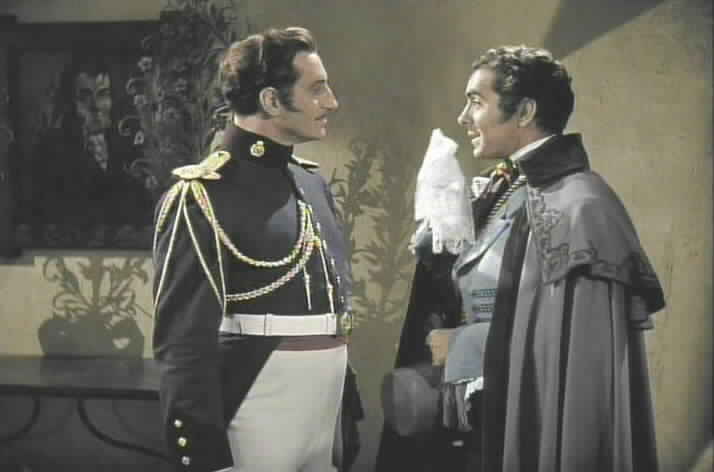
|
|||||
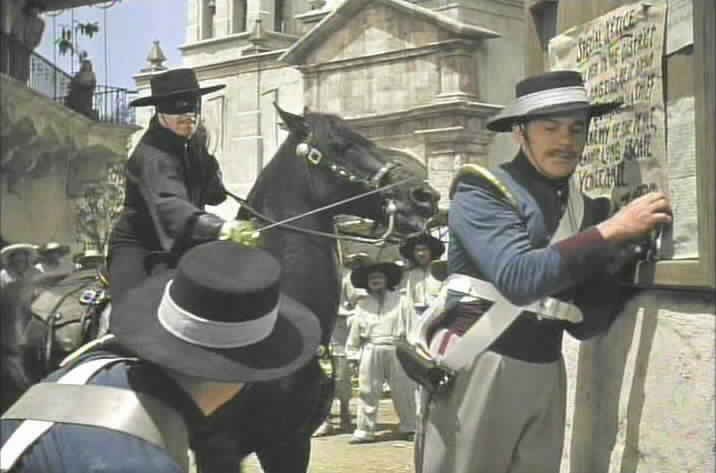
|
Shortly, Zorro makes his first appearance as he gallops through the pueblo, tears down a tax notice, and puts a new message in its place.
Special noticeZorro robs Luis Quintero and then later visits him in his office. He tells Quintero that he must resign, appoint Don Alejandro as alcalde, and return to Spain. After Zorro leaves Quintero's office, he hides in the church under the robes of a priest. While he is in the church, he speaks to Lolita Quintero and woos her. After he leaves the church, Zorro finds himself pursued by soldiers. He jumps into a bush, sheds the priest's robes, and emerges as Zorro. A particularly dramatic moment occurs when Zorro and his horse jump off of a bridge into a stream and swim to safety. |
|||||
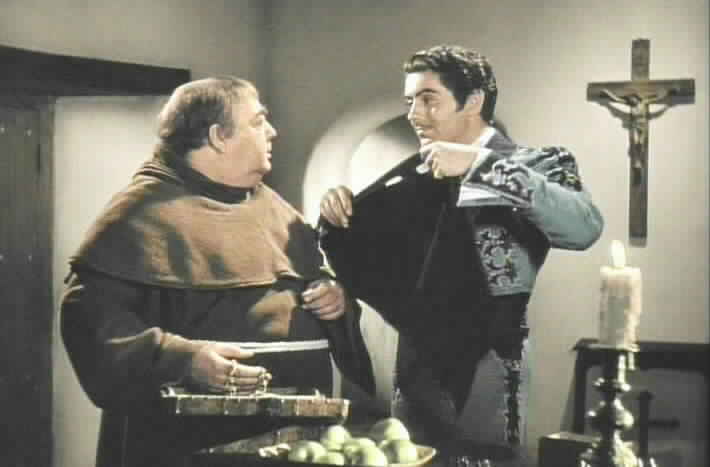 |
Zorro arrives at the mission and sheds his disguise. He walks into the mission as Don Diego and waits for Fray Felipe in his office. Don Diego reveals that he is Zorro by asking, "Have you seen this one, Padre?" and then pulls out his Zorro mask as if he were performing a magic trick. | |||||
Zorro places another notice in the pueblo:
Special Notice |
||||||
|
Don Diego appears in Quintero's office and relates a story of a case in Madrid similar to Zorro in which a man left a cross as a mark and slits the throats of 40 people. Don Diego adds that the people were warned first. Don Diego's comments have the desired effect of frightening Quintero. Part of Diego's scheme is to also make Quintero's wife want to go back to Spain. She is clearly interested in Don Diego and capitalizes on that interest. He suggests that she go back to Spain with her husband, and that perhaps later he will also go back to Spain and could introduce her into the proper circles. Inez seems thrilled at the suggestion. |
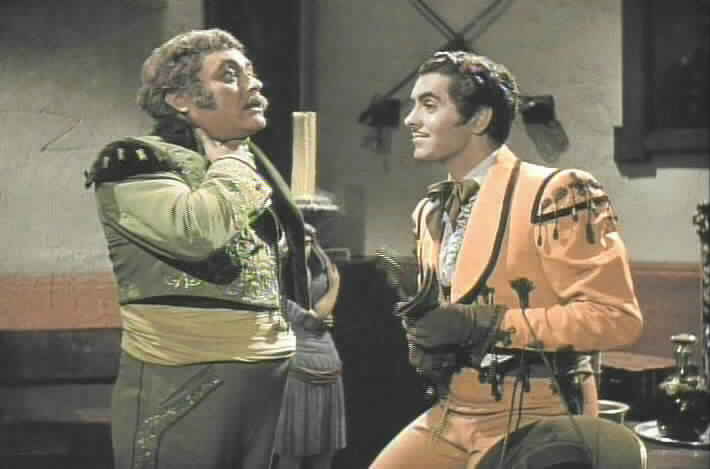
|
|||||
| Don Esteban suggests an alliance between Quintero and the Vegas by arranging a marriage between Don Diego and Lolita. Quintero approaches Don Alejandro with the idea, but Don Alejandro won't hear of it. However, Diego seems interested and agrees to have dinner with the Quinteros. | ||||||
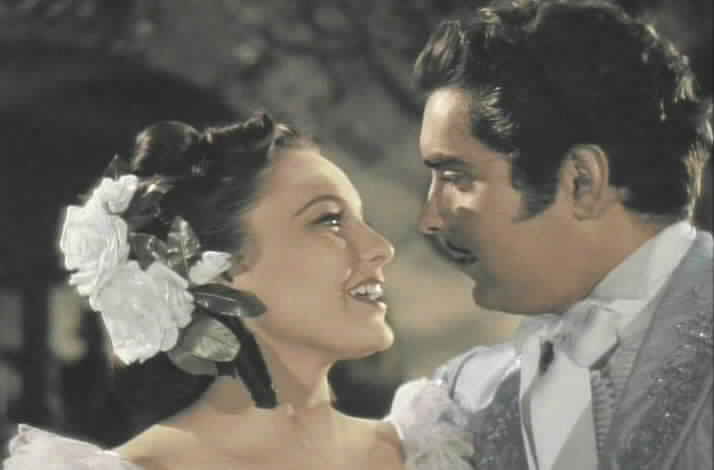
|
At the dinner, Lolita is very annoyed with Don Diego's behavior as he once again performs a slight of hand trick. She is very unenthusiastic when he asks to dance with her. However, Lolita thoroughly enjoys dancing with
Don Diego. Later, Don Diego visits Lolita in her room and confesses that he is Zorro, much to her pleasure. Don Esteban appears at the mission and arrests Fray Felipe after he finds the gold that Zorro stole. Fray Felipe is accused of being Zorro's accomplice and is to be hanged. Lolita rides to the Vega hacienda to tell Diego. |
|||||
|
Diego is in Quintero's office when Quintero decides to resign. He is signing his resignation when Don Esteban enters and tears it up. Don Esteban challenges Diego to a duel and Diego accepts. They begin by slicing at the candles with their swords; Don Esteban is annoyed when Diego manages to slice through a candle without knocking it over. The duel begins and proves to be the most dramatic of any version of Zorro. The duel ends when Don Diego runs Don Esteban through with his sword. Quintero realizes that Diego must be Zorro and has him arrested. Quintero makes plans for Zorro's execution. Diego tricks the man guarding his cell and manages to get the door unlocked. Quintero brings the caballeros to Zorro's cell to show him off. Diego bursts through the unlocked cell door, and a fight begins. |
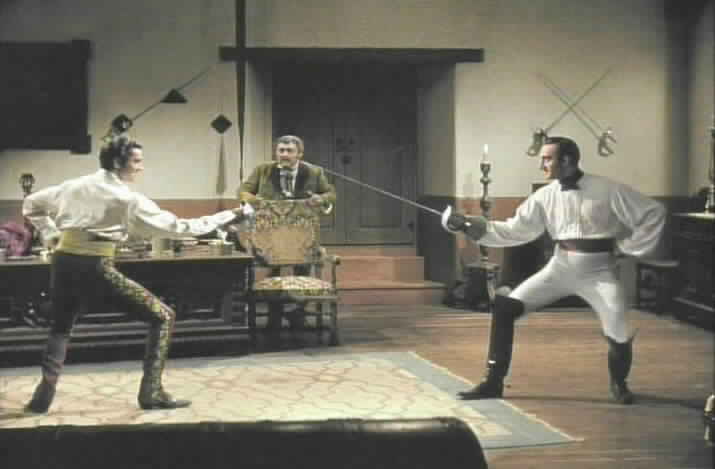
|
|||||
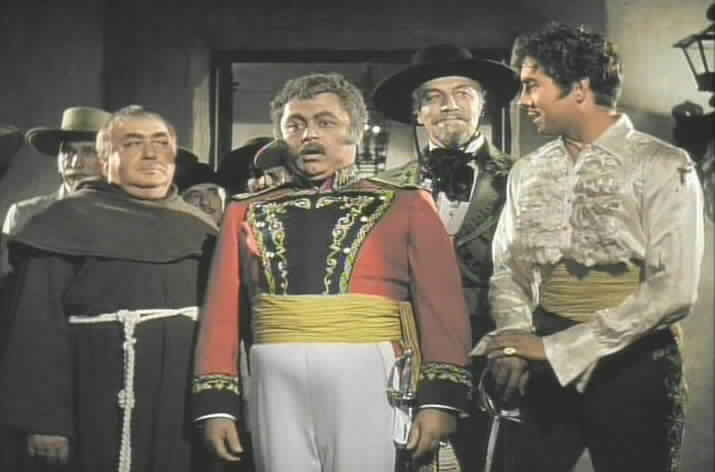 |
The caballeros subdue the soldiers; Quintero resigns and appoints Don Alejandro alcalde. The movie ends with Don Diego stating that he and Lolita will "marry, grow fat children, and watch our vineyards grow." Don Diego tosses his sword so that it sticks to the ceiling. | 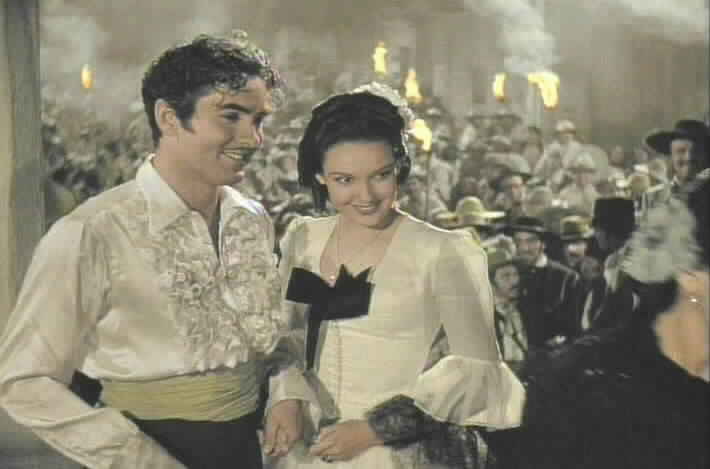 |
||||
|
|
||||||
|
Comments: This film pays tribute to the 1920 film in several different ways:
|
||||||
| Back to main page | ||||||
| Zorro is a registered trademark of Zorro Productions, Inc. This site is an unofficial site and is neither affiliated with nor endorsed by Zorro Productions, Inc. Any copyrighted material appearing on this site complies with fair or acceptable use principles established in U.S. and International copyright law for the purpose of review, study, criticism, or news reporting. Page design and original content are copyright © 2003-2006 by Jennifer White. | ||||||
